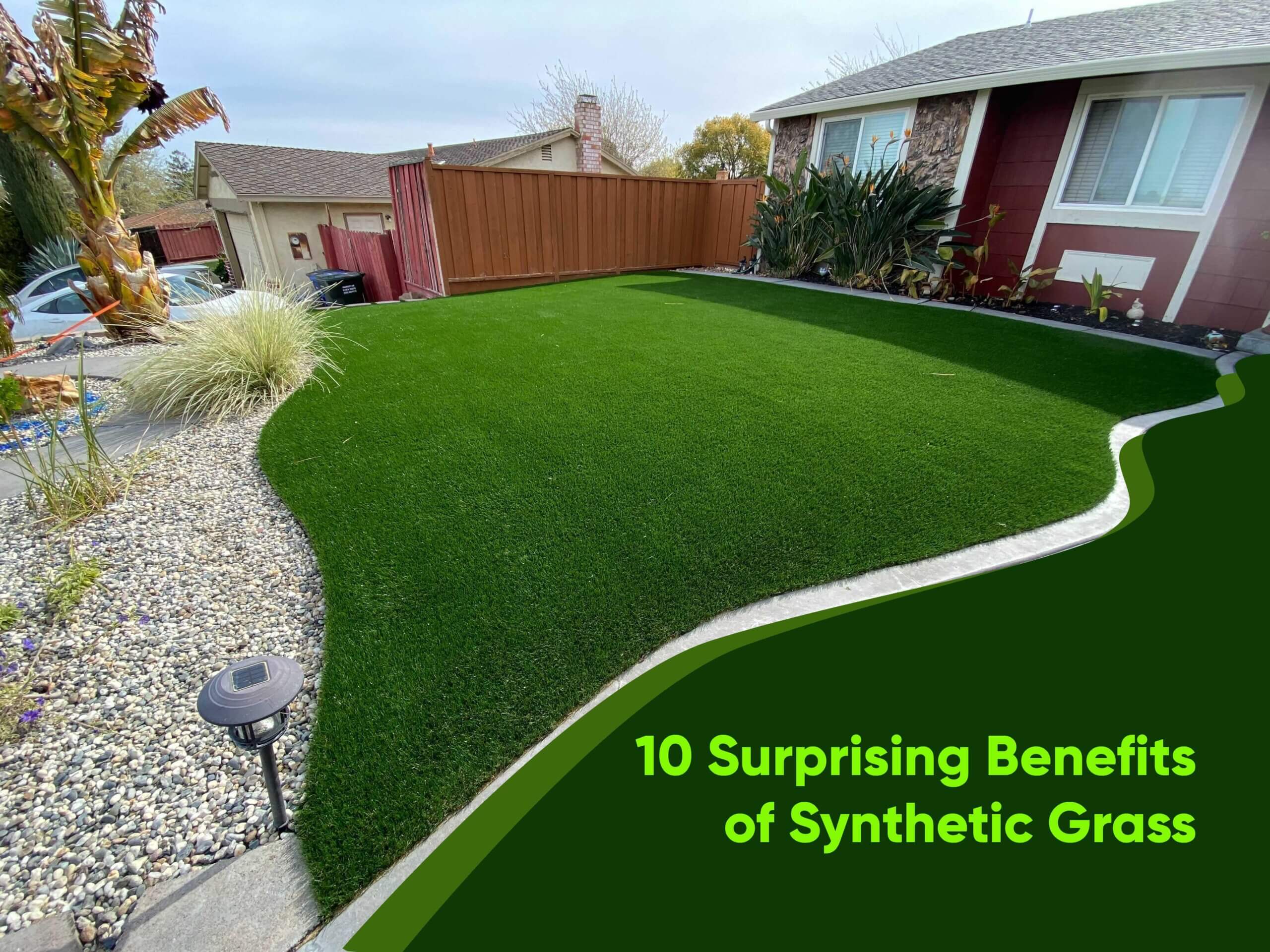In today's fast-paced world, property owners are always on the lookout for answers that streamline their lives while improving their yards. As issues about land degradation and sandstorms grow, many are considering a surprising choice: synthetic grass. This contemporary substitute to traditional lawns provides not just an visually appealing outdoor area, but also addresses a variety of real-world problems that come with caring for natural lawns.
Why consider synthetic grass for your garden? The benefits are vast, ranging from less care to environmental perks. With synthetic turf, property owners can say goodbye to mowing, watering, and consistent weed control. Imagine a thick and green, vibrant lawn that necessitates little maintenance while maintaining its beauty year-round. The rising interest of artificial lawns reflects a growing trend among homeowners who desire convenience, eco-friendliness, and a beautiful landscape. Whether you face high-traffic areas, limited areas, or just aim to enhance your property aesthetics, exploring the options in artificial grass may be the most beneficial lawn decision you ever make.
Benefits of Artificial Grass

One of the most significant benefits of artificial grass is its minimal upkeep nature. Homeowners can say goodbye to mowing, watering, and fertilizing, making it an attractive option for those with busy lifestyles. With synthetic turf, you can enjoy a beautiful lawn without the continuous maintenance that real grass requires. This time-saving advantage allows homeowners to focus on enjoying their outdoor space rather than spending weekends working on yard maintenance.
Artificial grass also offers notable environmental benefits. The water savings are noteworthy, particularly in locations prone to drought. By opting for fake grass, homeowners can reduce water and lower their impact on the environment. Additionally, without the requirement of fertilizers or pesticides, artificial turf minimizes chemical runoff into local ecosystems, encouraging a healthier surrounding for wildlife and lowering the risk of allergies for family members.
Robustness is another key advantage of synthetic turf. It can tolerate heavy foot traffic, making it the best solution for those with pets. Unlike natural grass, which can become patchy, artificial turf maintains its appearance year-round. Whether through extreme temperatures or heavy rain, fake grass remains intact, ensuring your lawn stays beautiful in all seasons. This resilience contributes to cost-effective solutions, making it a wise investment for homeowners looking to enhance their outdoor spaces.
Cost Efficiency and Maintenance
One of the main pros of installing artificial grass is its cost efficiency over the long run. While the initial investment may be higher than traditional grass, the savings over time are significant. Homeowners can expect to reduce expenses on water expenses, lawn care tools, and landscaping services. With no need for mowing, feed, or pest control, the recurring expenses associated with maintaining a traditional yard are removed, making artificial turf a wise financial decision.
Maintenance is easy with synthetic grass, which is a huge perk for homeowners with limited time. A fast spray with a hose to remove debris is often all that is required to maintain its appearance. Unlike natural lawns, there is no worry about unwanted plants, discoloration, or the requirement for regular care. fake grass installation companies near me -maintenance appeal means more time enjoying your outdoor space rather than working on it, allowing for a more stress-free lifestyle.
Furthermore, artificial grass is designed to be resilient and tough, holding up well against a range of weather and high foot traffic. This reliability translates to less frequent replacements over the years, boosting its cost-effectiveness. By opting for artificial turf, homeowners can enjoy a green lawn year-round with little work, thus optimizing their expenditure and lessening the inconvenience related to lawn care.
Environmental Impact of Synthetic Turf
The advantages of artificial grass are becoming increasingly recognized as homeowners seek sustainable landscaping solutions. One significant advantage is the reduction of water usage. Conventional grass lawns require significant irrigation, leading to water wastage, especially in regions prone to drought. By laying fake grass, homeowners can save thousands of gallons of water each year, contributing to water conservation efforts and reducing their impact on the environment.
Additionally, synthetic grass eliminates the need for harmful pesticides and fertilizers, which can contaminate the soil and waterways, causing pollution. With no chemicals needed to maintain its appearance, artificial turf offers a eco-friendly landscaping solution that promotes vibrant ecosystems. This aspect is particularly beneficial for families with children and pets, who can enjoy safely on a toxin-free surface toxic substances.
Another key factor is the durability of artificial grass. Designed to withstand go to the website , synthetic turf can last for an extended period without the need for replacing. This long-lasting quality means fewer resources are needed for upkeep and renewal, reducing waste over time. As increasing numbers of homeowners choose artificial grass for its sustainability, it presents a modern solution for achieving aesthetically pleasing lawns while being environmentally responsible.
